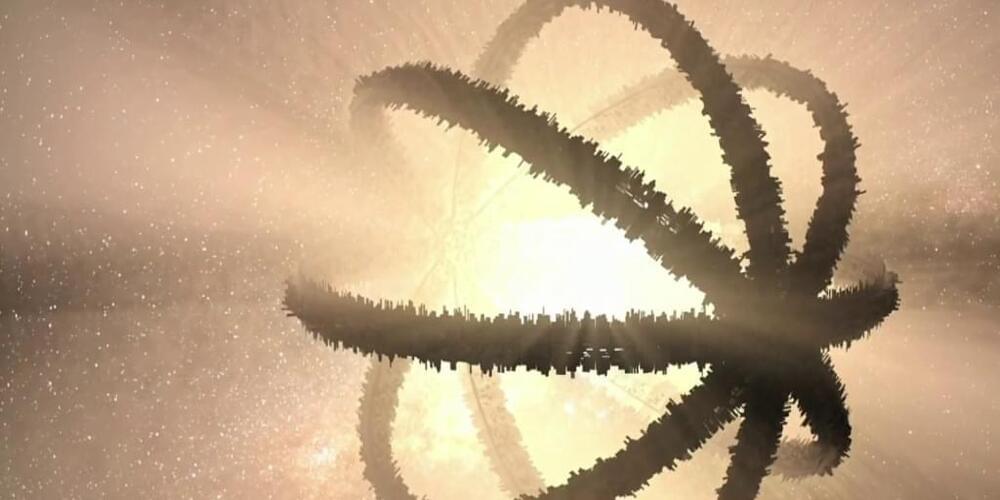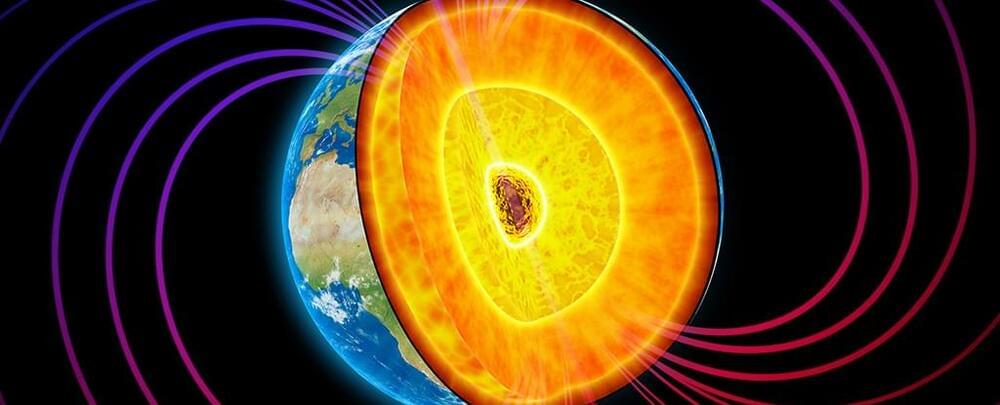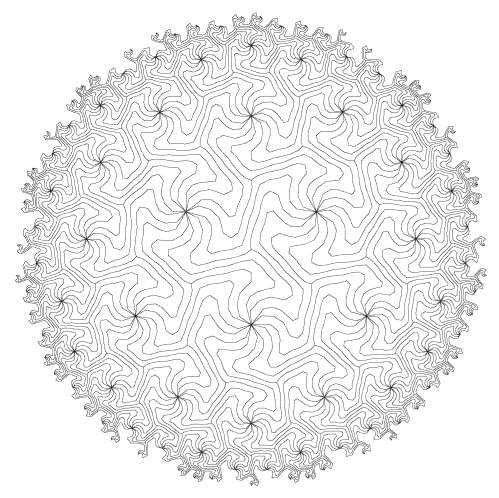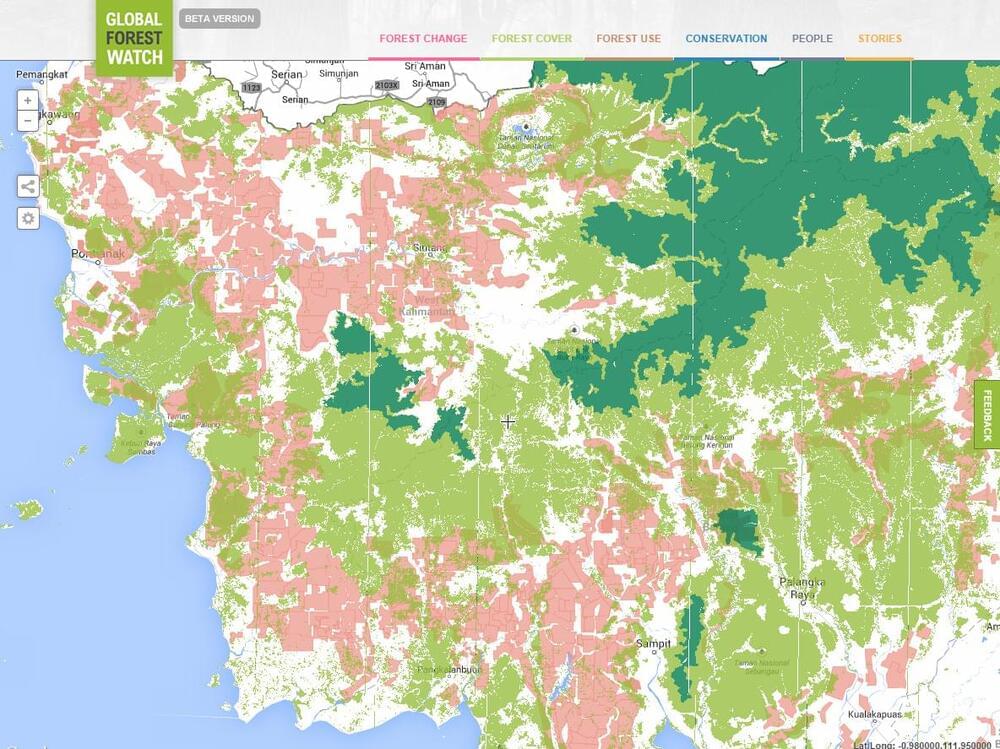Related: If the Big Bang created miniature black holes, where are they?
The research team thinks that super-color-charged black holes may have impacted the balance of fusing nuclei in the infant universe. Though the exotic objects ceased to exist in the first moments of the cosmos, future astronomers could potentially still detect this influence.
“Even though these short-lived, exotic creatures are not around today, they could have affected cosmic history in ways that could show up in subtle signals today,” study co-author David Kaiser, a professor of physics at the Massachusetts Institute of Technology (MIT), said in a statement.







